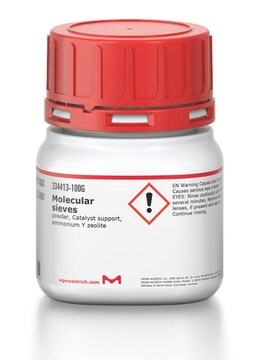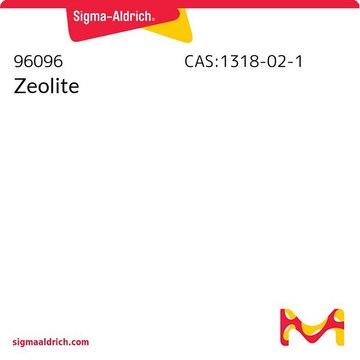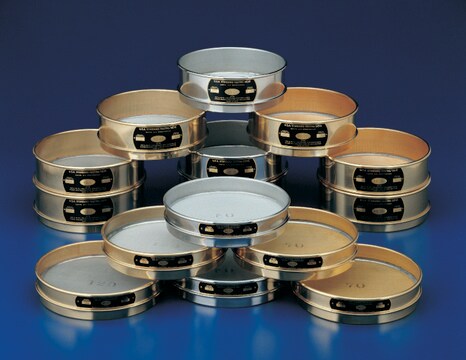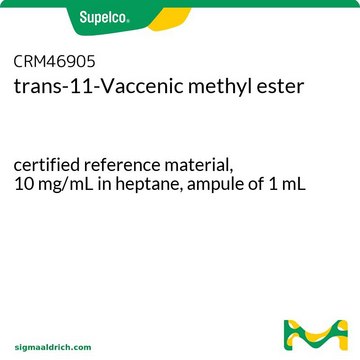19699
cis-2-Decenoic acid
≥95.0% (HPLC)
Synonym(s):
2-Decenoic acid, (2Z)-
Sign Into View Organizational & Contract Pricing
All Photos(1)
About This Item
Empirical Formula (Hill Notation):
C10H18O2
CAS Number:
Molecular Weight:
170.25
Beilstein:
1721990
MDL number:
UNSPSC Code:
12352211
PubChem Substance ID:
NACRES:
NA.25
Recommended Products
Quality Level
Assay
≥95.0% (HPLC)
95.0-105.0% (T)
form
liquid
functional group
carboxylic acid
lipid type
unsaturated FAs
storage temp.
−20°C
SMILES string
CCCCCCC\C=C/C(O)=O
InChI
1S/C10H18O2/c1-2-3-4-5-6-7-8-9-10(11)12/h8-9H,2-7H2,1H3,(H,11,12)/b9-8-
InChI key
WXBXVVIUZANZAU-HJWRWDBZSA-N
Looking for similar products? Visit Product Comparison Guide
Related Categories
Application
cis-2-Decenoic acid may be used to study its cytotoxic effect on the human HepG2 cell line. It has also been used to study its synergistic anti-spirochetal effect.
Biochem/physiol Actions
cis-2-Decenoic acid is a fatty acid messenger (signaling molecule) produced by Pseudomonas aeruginosa. It possesses anti-biofilm property and converts most of the cells to planktonic (free-swimming) phenotype. cis-2-Decenoic acid retains the susceptibility of the bacteria towards antimicrobial agents. It does not exhibit any toxicity towards human cells and thus, might be used for treating biofilm-associated infections. cis-2-Decenoic acid is considered active even in nano-molar ranges. It mediates the transition of dormant P. aeruginosa and Escherichia coli to their biologically active state without affecting the number of cells. cis-2-Decenoic acid is effective against E. coli and Klebsiella pneumoniae mixed-species biofilms when used along with antimicrobial agents.
Packaging
Bottomless glass bottle. Contents are inside inserted fused cone.
Signal Word
Warning
Hazard Statements
Precautionary Statements
Hazard Classifications
Aquatic Chronic 3 - Eye Irrit. 2 - Skin Irrit. 2
Storage Class Code
10 - Combustible liquids
WGK
WGK 1
Choose from one of the most recent versions:
Already Own This Product?
Find documentation for the products that you have recently purchased in the Document Library.
Customers Also Viewed
Majed Alrobaian et al.
Molecules (Basel, Switzerland), 24(10) (2019-05-28)
Two series of novel 5-arylazo-3-cyano-2-(2″,3″,4″,6″-tetra-O-acetyl-β-d-galacto pyranosyloxy) pyridines and 3-cyano-2-(2″,3″,4″,6″-tetra-O-acetyl-β-d-galactopyranosyloxy) pyridines were synthesized in high yields utilizing a microwave-assisted synthesis tool guided by the principles of green chemistry. The chemical structures of the new substances were confirmed on the basis of
Thomas Tørring et al.
Chembiochem : a European journal of chemical biology, 18(7), 638-646 (2017-01-25)
Legionella pneumophila, the causative agent of Legionnaires' disease, is a Gram-negative gammaproteobacterial pathogen that infects and intracellularly replicates in human macrophages and a variety of protozoa. L. pneumophila encodes an orphan biosynthetic gene cluster (BGC) that contains isocyanide-associated biosynthetic genes and
A Goc et al.
Journal of applied microbiology, 119(6), 1561-1572 (2015-10-13)
Little is known about the effects of phytochemicals against Borrelia sp. causing Lyme disease. Current therapeutic approach to this disease is limited to antibiotics. This study examined the anti-borreliae efficacy of several plant-derived compounds and micronutrients. We tested the efficacy
Han-Shin Kim et al.
Biotechnology and bioengineering, 118(1), 82-93 (2020-09-04)
Bacterial biofilm formation causes serious problems in various fields of medical, clinical, and industrial settings. Antibiotics and biocide treatments are typical methods used to remove bacterial biofilms, but biofilms are difficult to remove effectively from surfaces due to their increased
A Goc et al.
Journal of applied microbiology, 123(3), 637-650 (2017-06-24)
Borrelia sp., a causative pathogenic factor of Lyme disease (LD), has become a major public health threat. Current treatments based on antibiotics often lead to relapse after their withdrawal. Naturally derived substances that could work synergistically to display higher efficacy
Our team of scientists has experience in all areas of research including Life Science, Material Science, Chemical Synthesis, Chromatography, Analytical and many others.
Contact Technical Service














